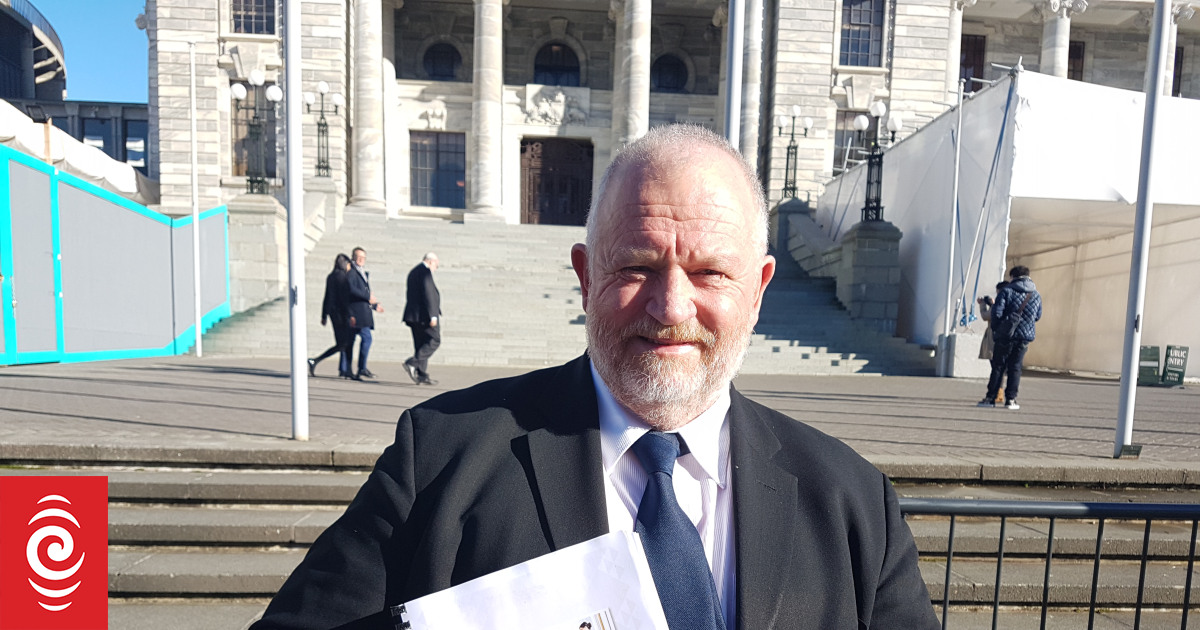DoC ranger Fern Donovan discovered three shortjaw kōkopu “nests” – more than 50 eggs in a cluster – in autumn 2023. This was the first time a shortjaw nest had been documented in Northland.
“I was astonished to find the nests. Until this discovery, the only shortjaw spawning site found in the whole country was in Taranaki,” Donovan said.
But the excitement of the new discovery was soon tempered by another first.
“I set up a trail camera to monitor the nest and visited it daily. I was gutted to find the nest had fewer and fewer eggs each day. When I checked the trail cam, it showed a rat visiting multiples times scoffing all the fish eggs.
“I call the fish eggs ‘protein pearls’, and of course they’re appealing to rodents. After 10 days, the only eggs left behind were rotten, unviable and inedible, even for rats.”

Taoho Patuawa, science adviser for Te Iwi o Te Roroa, said Donovan’s discovery is a clear demonstration of pests’ impact on taonga species.
“We now have certainty that rats are putting pressure on shortjaw kōkopu at this critical part of their lifecycle. It’s on us to act,” Patuawa said.
The footage was all the evidence needed for Te Roroa and DoC to establish intensive predator control leading up to this year’s shortjaw spawning season, which peaks in May/June.
Rodent tracking tunnels showed the predator control strategy worked. In the predator control zone, just 3 per cent of tracking tunnels were visited by rats – compared to 96 per cent in non-treated areas.
Donovan also found three more nests earlier in the year, and is hoping they’ll fare better than the nests discovered last year.
“Some of the eggs have developed tiny black eyes – a promising sign that they’ll make it. Last year, all the eggs were eaten by that stage.”
Patuawa was looking forward to seeing what can be achieved to protect the threatened fish this year and beyond.
“It’s good to have such a concentrated effort in our forest. What we’re discovering will be valuable for protecting this taonga species both here and in other parts of Aotearoa, and ensuring shortjaw kōkopu can thrive.”
■ Waipoua Forest preserves some of the best examples of kauri forest remaining in New Zealand. It is notable for having two of the largest living kauri trees, Tāne Mahuta and Te Matua Ngahere.
The forest was declared a sanctuary in 1952. A community-based volunteer organisation, the Waipoua Forest Trust, helps maintain the forest. The sanctuary is bordered to the south by the 350-hectare Professor W.R. McGregor Reserve, named after W.R. McGregor (1894–1977). In the 1940s, McGregor and others successfully campaigned to end logging in the forest and to have it declared a sanctuary, a status it was accorded in 1952.
Today, the forest is a significant drawcard for visitors to Northland, with about 200,000 people visiting Tāne Mahuta every year. This has led to concerns about the health of the forest and the spread of kauri dieback disease. There are also easy walking tracks to Te Matua Ngahere and the Four Sisters, and a longer hiking track south leading past the seventh-largest kauri tree, the Yakas kauri.
Shortjaw kōkopu are only found in Aotearoa and are the rarest of the six native fish species caught as whitebait. They have a threat status of Threatened – Nationally Vulnerable. A “nest” of shortjaw kōkopu is 50 or more eggs, found in a cluster.



